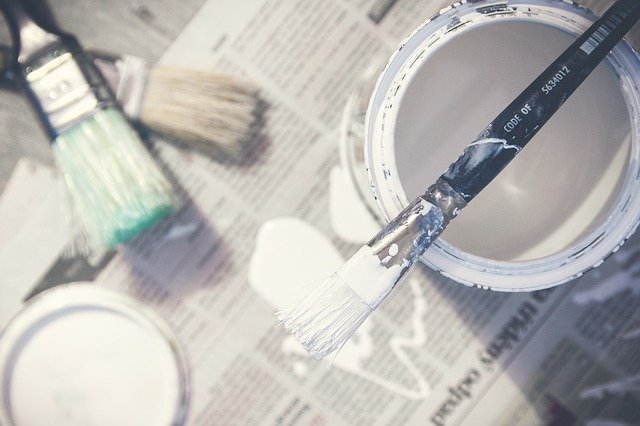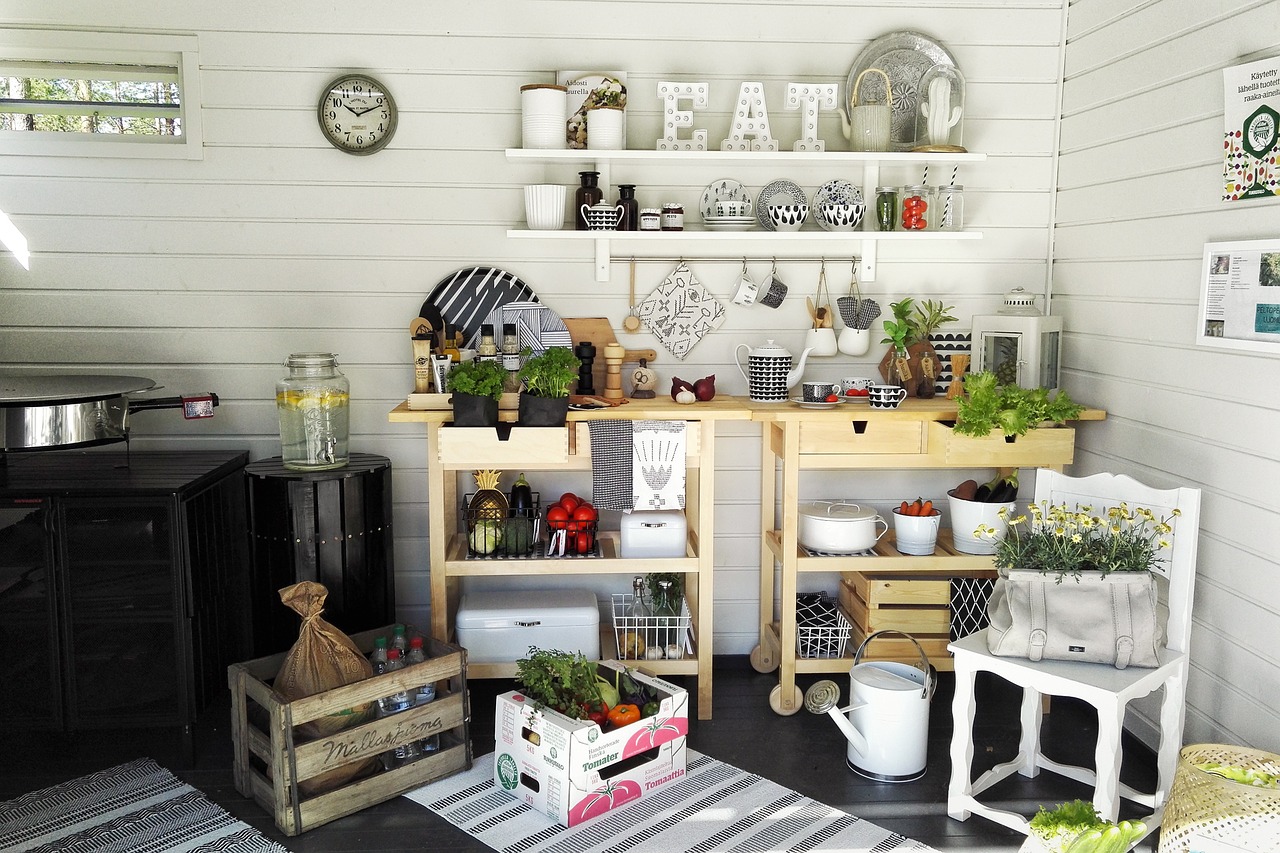Completing these projects takes time, patience, and money. In this article we will share with you some of the best time and money-saving tips for completing your next home improvement project. Use an old, dirty paint roller to clean the gutters on your house. The old paint roller that you have deemed unusable will quickly and easily clean your dirty gutters. Attach the roller to an extended handle. Then simply remove debris and leaves by sliding it along the gutter to Home Improvements.
Tips for Home Improvements:
Update the lighting in your home to add brightness. Changes in lighting fixtures and adding additional wall lighting can bring a entirely new look to your home. Buy energy saving bulbs to reduce your overall energy costs and consider investing in a smart lighting system that will automatically turn off lights when not in use. If you are going to do an remodeling on your home, make sure that your maintenance issues are fixed first. Don’t put in granite counters if the plumbing or wiring is outdated and needs fixing. You could end up having to rip out what you’ve done in the near future of Beacon construction. Furthermore, buyers in today’s market want to know that the property they are buying is in good condition. And, you never know when you might need to sell up.
Budget
As you begin your home improvement project, it is important to always keep your budget in mind. It is essential to plan the project out ahead of time and get prices on the materials that you will need to make your vision a reality. It is also important to consider how long the project will take you. A great home improvement tip is to check out Youtube whenever you encounter a problem that’s needs fixing. There are thousands of helpful videos on Youtube that will show you how to fix completeroofingsolutions at home. This can be a great way to keep cash in your pocket.
Professional advice.
Before you attempt to make a major repair, get professional advice. A professional opinion can help save you time and money if you do not know what you are doing. If you do not ask a professional to begin with, you may screw up. Smoke detectors are required for safety in your home. Many homes only put them in certain areas. You can increase the safety in your home, by installing additional detectors in places like bathrooms, kitchens and basements. These areas can sometimes be overlooked, though prone to fires as much or more than the rest of the house.
Use organizers
If the closets in your home are not very large, it would be a good idea for you to use organizers if you are trying to sell your home. Doing so will make the closets in your home seem much bigger and a lot of buyers will bypass homes that seem to have too little space. If you live in a rural area, consider purchasing a power back up generator. When the lights go out and sometimes your heating even depends on it, you can be without power for hours or even days in seriously harsh weather. A power generator can help you take care of the necessities that you can’t do without when the electricity is out.
Tie or cut the extra cord
Tie or cut the extra cord hanging from your blinds. You can avoid a disaster by a child or pet becoming tangled in them and potentially strangling. Do not cut them too short, you will need enough length to still use the blinds. Tie it up or cut it off before an accident occurs.
Final words:
Do you want to gain a little closet or floor space in your next home improvement project? Relocate your water heater to your attic! Modern water heaters are produced in efficient, reliable “low-boy” designs that you can tuck safely between your ceiling and your roof. This allows you to gain a little extra storage space. A remodeling project can add tremendous value to your number one investment — your home. The project has to be done right though, or it’s not worth doing at all. In this article we have discussed some of the top time and money saving tips for completing your next home improvement project. Follow these tips and you’re sure to see a savings when tackling your next remodeling project.


